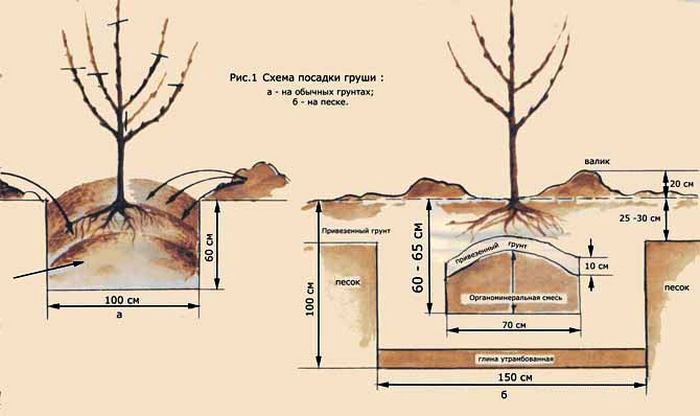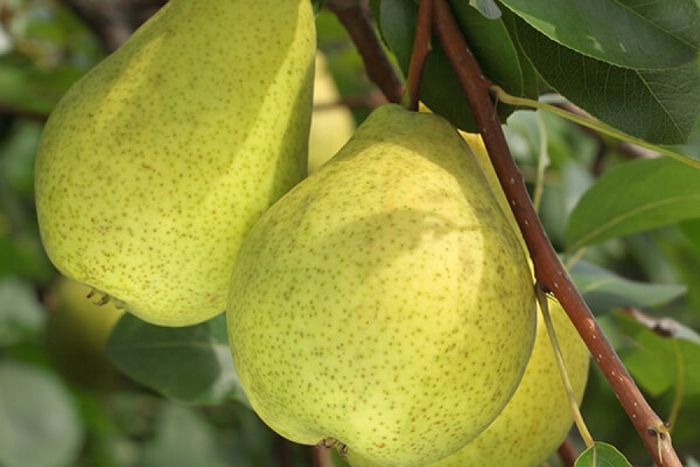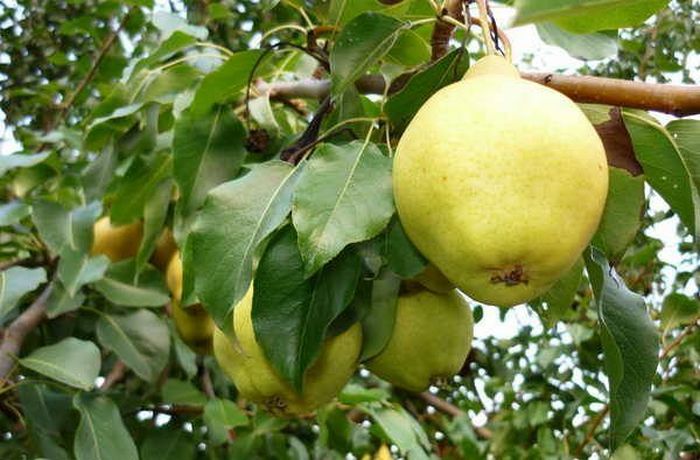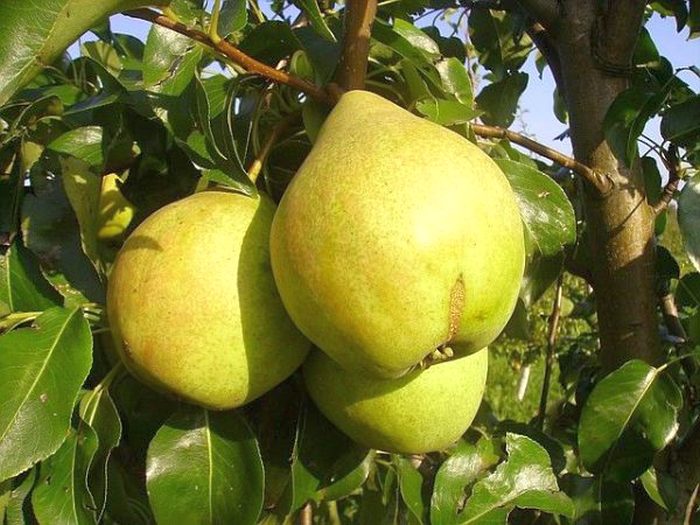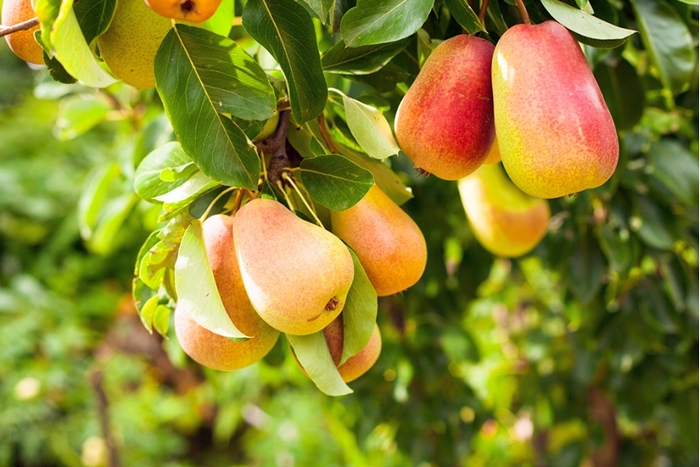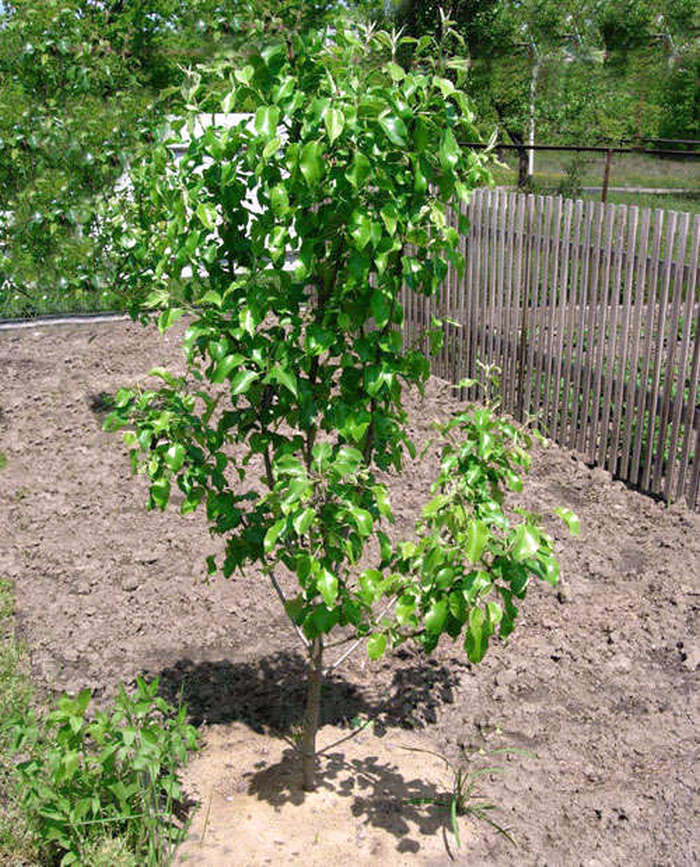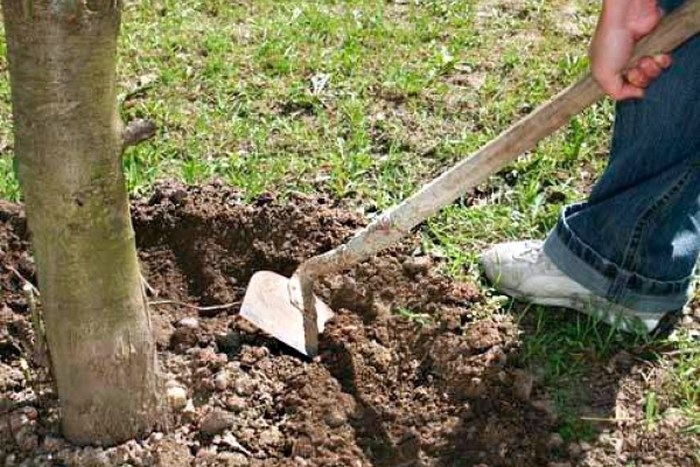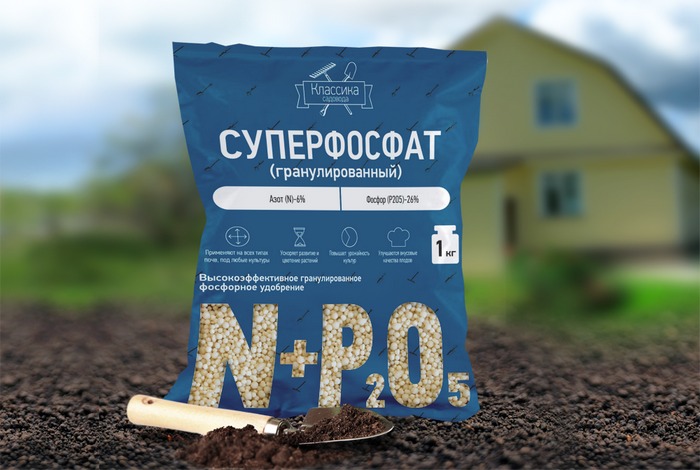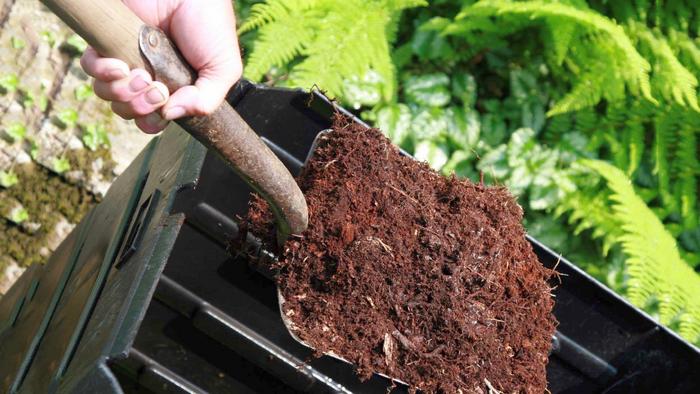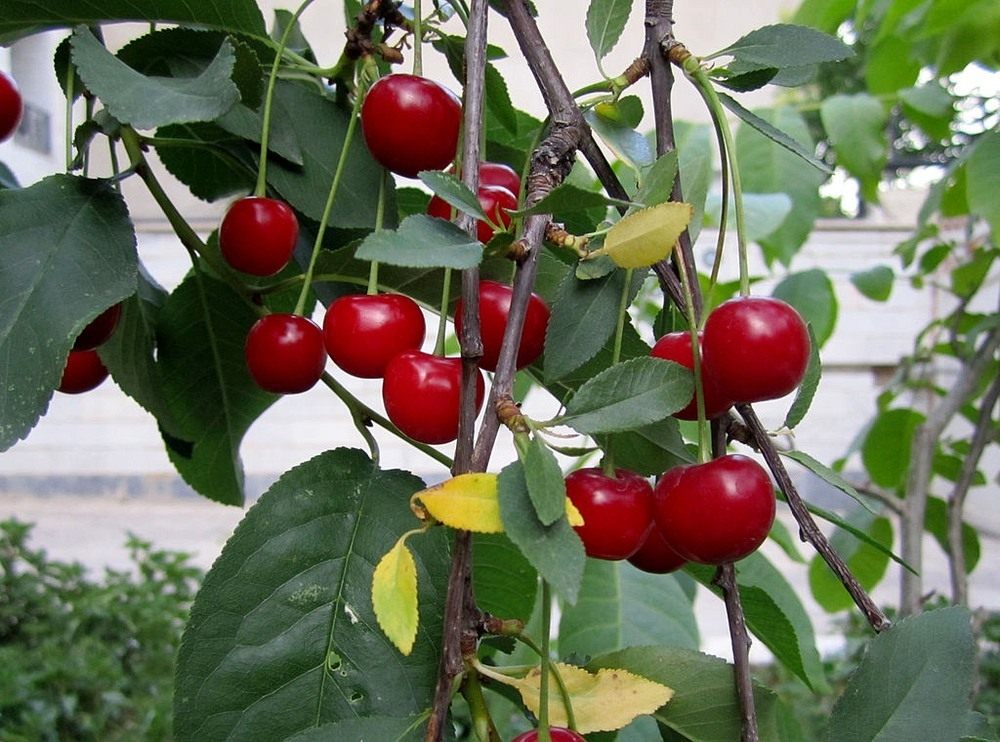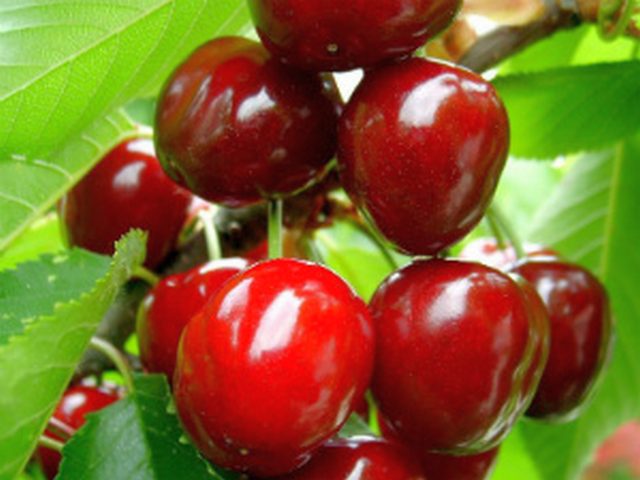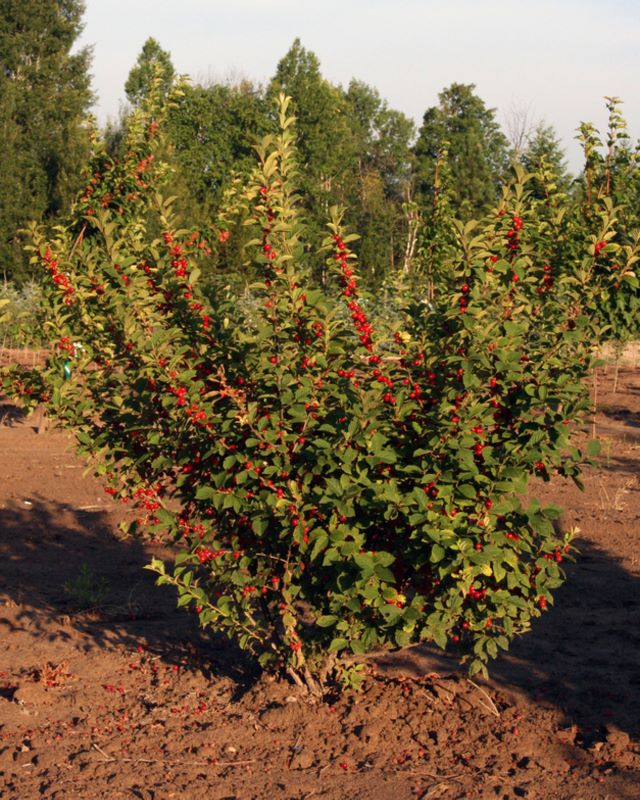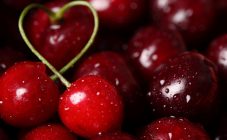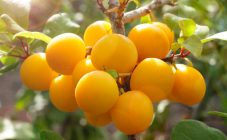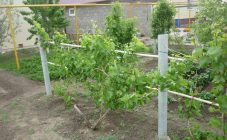A pear tree on the site will decorate any garden and will delight summer residents with a bountiful harvest of delicious fruits. Previously, it was believed that the pear is grown only in regions with a warm climate. The situation has changed over the past few decades. Breeders have bred frost-resistant varieties that take root in the central zone of Russia, in the Urals, and in the northern territories. In order to grow this fruit tree, the gardener must have an idea of how to properly plant a pear and how to care for it. The agricultural technology of growing crops has its own characteristics and nuances.
Culture information
Pear represents the Pink family. It can be both a tall tree (stretching up to 15-20 meters) and a dwarf (growing up to 2-5 meters). Varieties with medium height usually reach a height of 4-6 meters.
The fruit tree is highly leafy. The leaves are beautiful, glossy, with a pointed tip. The culture blooms in spring. The color of the flowers can be snow-white, lilac-pink. There are self-fertile varieties, they do not need a pollinator. But most varieties are self-fertile. These varieties only set fruit if other pear trees are growing nearby.
Harvested in late summer and autumn. The first fruits can be tried 3-5 years after the transfer of the seedling to a permanent place in the open ground. Pear is a long-liver. It can bear fruit for 40-55 years.
Pear fruits have a bright aroma. They taste sweet, possibly sour, granular. Some varieties have a crispy flesh. Others are juicy buttery.
Jams are made from the fruits, jams, mashed potatoes, jam, and various desserts are made. The fruits of the culture do not cause allergies.
Popular varieties
- Severyanka;
- Lada;
- Fabulous;
- Tenderness;
- Simply Maria;
- Summer Duchess.
Severyanka
This variety is unpretentious to the climate. Winter hardy. Grown in the Urals, in the northern regions, Central Russia. Ripens in August. Fruits are compact, medium-sized. Average weight - 90 grams. After ripening, they fall off.
Lada
The middle strip of Russia, the Urals, the North are suitable for growing the variety. Withstands significant temperature drops (up to -33 degrees). Fruit weight is about 110 grams. They're sweet. They ripen in August. It is a self-fertile variety.
Fabulous
These trees are usually grown in the Moscow region and other central regions. The fruits are large - about 200 grams. The variety is characterized by increased immunity.
Tenderness
The variety is suitable for almost all regions of Russia and other countries. He is not afraid even of 40-degree frosts. The fruits are tart honey.
Simply Maria
It also belongs to the group of frost-resistant varieties.Has strong immunity. Fruit taste is oily, juicy, sweet. There is a piquant sourness.
Duchess summer
It is a self-fertile variety. Best pollinators for him: Forest Beauty and Favorite Clapp. The variety does not tolerate drought.
Planting pears
Planting a pear is allowed both in spring and autumn. Each season has its own advantages. Planting pear seedlings in spring means protecting them from the winter cold. Over the summer, the plants will get stronger and gain strength before wintering. Usually in the spring, the culture is planted in regions with a cool climate. Autumn is suitable for planting pears in central Russia, in the south. At this time of year, the nursery owners put the best pear seedlings up for sale.
According to the recommendations of agronomists, the right time for planting in spring is before the buds of the plant have blossomed. They begin to revive at a temperature of + 5 ... + 7 degrees. Therefore, you need to have time to plant the plant in the third decade of April. In the fall, it is worth transferring the tree to a permanent place at the end of September, the first decade of October. You cannot work with the culture just before the frosts. The seedling must have time to take root.
A fruit tree like a pear has its own nuances regarding planting:
- In order for the culture to give a bountiful harvest, it must be planted on fertile, loose soil. Loam, black earth, sandy loam are suitable;
- The plant does not like high humidity. The area of the garden in which the tree is planned to be placed should not contain stagnant groundwater. It is better if the groundwater is at a depth of at least 2.5-3.5 meters. It is not recommended to plant the crop in areas where fog is possible. Increased moisture will cause fungus;
- The best neighbors for a pear are oak, apple;
- The culture is light-loving. A sunny place is selected for her. The presence of drafts is unacceptable;
- The main secret in getting a decent harvest is planting several varieties of crops in the garden, which have the same flowering period, so they can pollinate each other;
- Pear seedlings are purchased from reputable nurseries. Two-year-olds take root best of all. The plant should look healthy, not dry, the root system and the grafting site should not be deformed or damaged.
Working with a seedling
Immediately before planting a pear, the seedling is processed. The plant with an open root system is removed from the package. The roots are pruned. It is enough to subtract 8-13 cm from the lateral and central roots. Leaves and branches are removed with pruning shears. A bare stem should remain. Its optimal height is 70-80 cm.
24 hours before the intended transfer to a permanent place, the gardener prepares a bucket of water where Kornevin is dissolved. You can take any other root growth stimulant. The instructions for each drug contain dosage data.
Arrangement of the landing pit
A pit for a fruit tree is prepared a few months before planting a pear. In the fall, the pit is equipped for spring planting, in the summer for autumn planting.
The deepening is made sufficiently capacious. Its width is about 80 cm. The depth is 70-80 cm. A nutritious substrate is prepared from the excavated soil. A bucket of humus, peat, several glasses of ash, 150 grams of fertilizer containing phosphorus and potassium are added there. Suitable nitrophoska, agrofoska. Instead, you can use superphosphate (100 grams) and potassium sulfate (50 grams). The substrate is laid in the pit. A meter stake is driven in there. He will serve as a support. The pit is spilling.
Step-by-step landing instructions
- Part of the land is removed from the landing pit. A mound is made at the bottom;
- The root system of the plant is placed on the mound so that each root is free;
- If the tree has a closed root, then it does not need to be shaken off the ground. The seedling is removed from the container and placed in the pit;
- The gardener must make sure that the root collar does not go underground. It should rise 5 cm above the soil level;
- The hole is filled up. The earth is compacted. A near-trunk circle is formed. With your hands, an earthen roller is formed around the perimeter, which will hold water;
- The seedling is spilled with 20 liters of water. A root growth stimulator, for example, Kornevin, can be added to the water;
- Planting is abundantly mulched with straw, peat or sawdust.
The guide to planting pear seedlings in spring is also suitable for the fall process.
Seedling care
Seedling care is an integral part of pear cultivation techniques. At the same time, even a novice gardener can handle all the procedures.
Watering
This is the most important point. The pear does not like waterlogging of the soil, but it will not tolerate drought either. Experienced summer residents recommend shedding a young plant every 7 days. Settled water is used. Two ten-liter buckets are poured under one bush.
After watering, it is important to remove weeds and loosen the soil. Thanks to this, oxygen will be supplied to the roots. After the trunk circle is mulched.
Wind and cold snap protection
At first, the culture can be surrounded by an impromptu fence. So the wind will not affect it. If a cold snap occurs, then a covering material should be thrown over the plant.
Top dressing
In the first year, the crop is not fertilized. Sufficient nutrients were embedded in the soil during planting. But since the second year, this procedure is carried out annually. In spring, it is permissible to feed the tree with a small amount of nitrogen. Phosphorus, potassium, iron are also introduced. All minerals are embedded in the near-stem circle, but do not come into contact with the stem. 2 buckets of humus are laid out on top. You can take compost. The earth is poured onto organic matter.
During the pouring of the fruit, the soil is fertilized with 3 cups of fly ash. Autumn is suitable for adding superphosphate, ash, potassium sulfate.
Prevention of diseases and pests
To protect the plant from ailments or harmful insects, after the leaves fall, the soil is shed with Bordeaux liquid (3%). It can be replaced with copper sulfate (3%). After winter, until sap flow has begun, the procedure is repeated.
Protection of seedlings from winter cold
Despite the frost resistance, pear seedlings are afraid of frost. They can die even if the outside temperature drops to -16 degrees. Therefore, it is important to protect the plant and its roots before winter.
- First of all, the earth is being dug under the bush. Fertilized with superphosphate, ash, potassium sulfate. Mulched with peat. A layer of earth is laid out on top. It is recommended to make it 20-30 cm thick.
- Secondly, the trunk of the tree is wrapped in newspapers, cloth or burlap. At the same time, cloth or newspapers are moistened in a rodent repellent. So the tree will not be touched by the mouse.
- Thirdly, when snow falls, the tree should be covered with snow as abundantly as possible. It will be possible to dig out a seedling only in early spring.
Frost protection for an adult tree requires careful mulching of the trunk circle.
If you correctly follow all the recommendations, then it is not difficult to grow a fruiting pear on the site. The main thing is to plant several varieties at once, properly care for the crop and cover the young plant for the winter.
